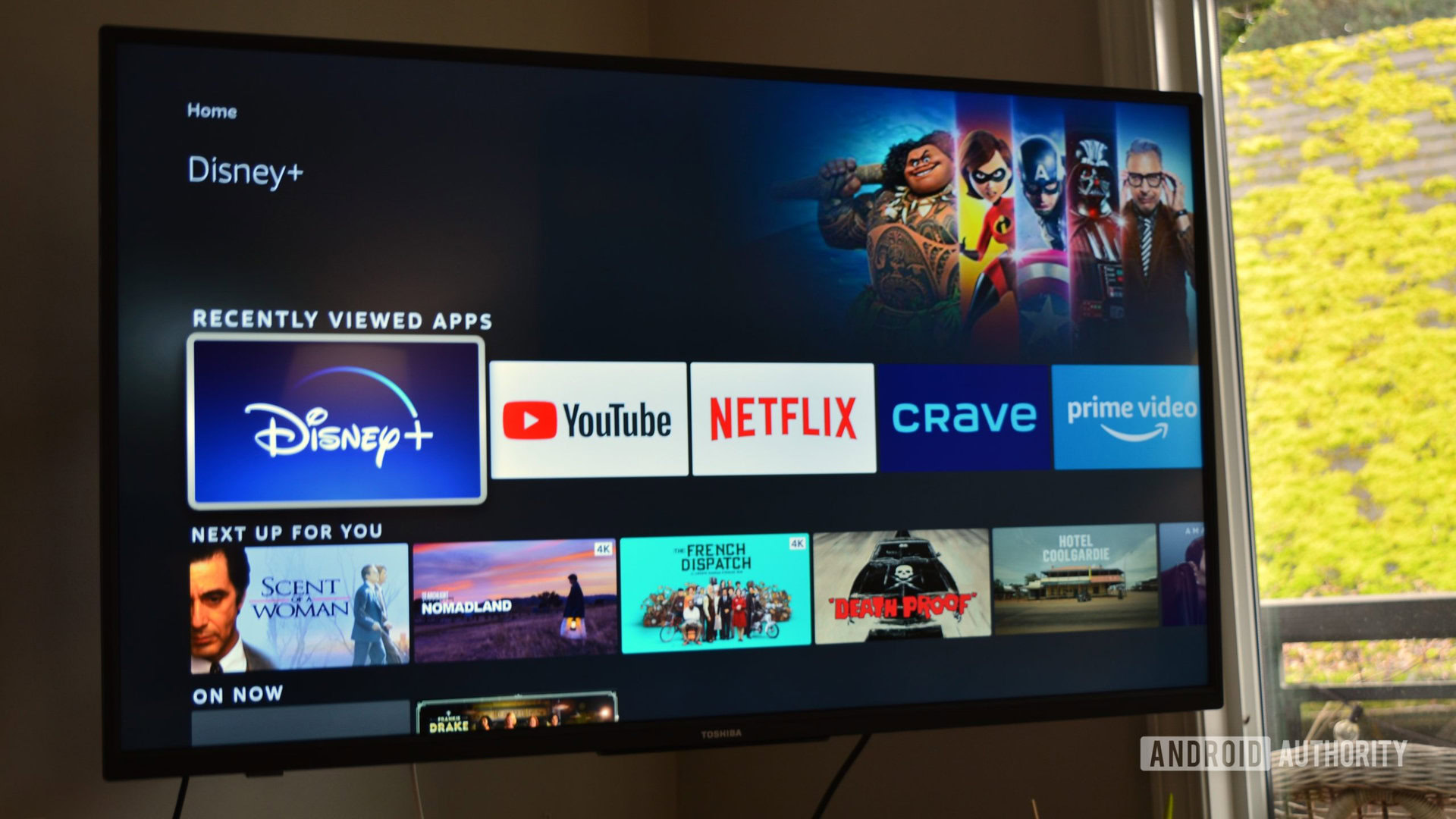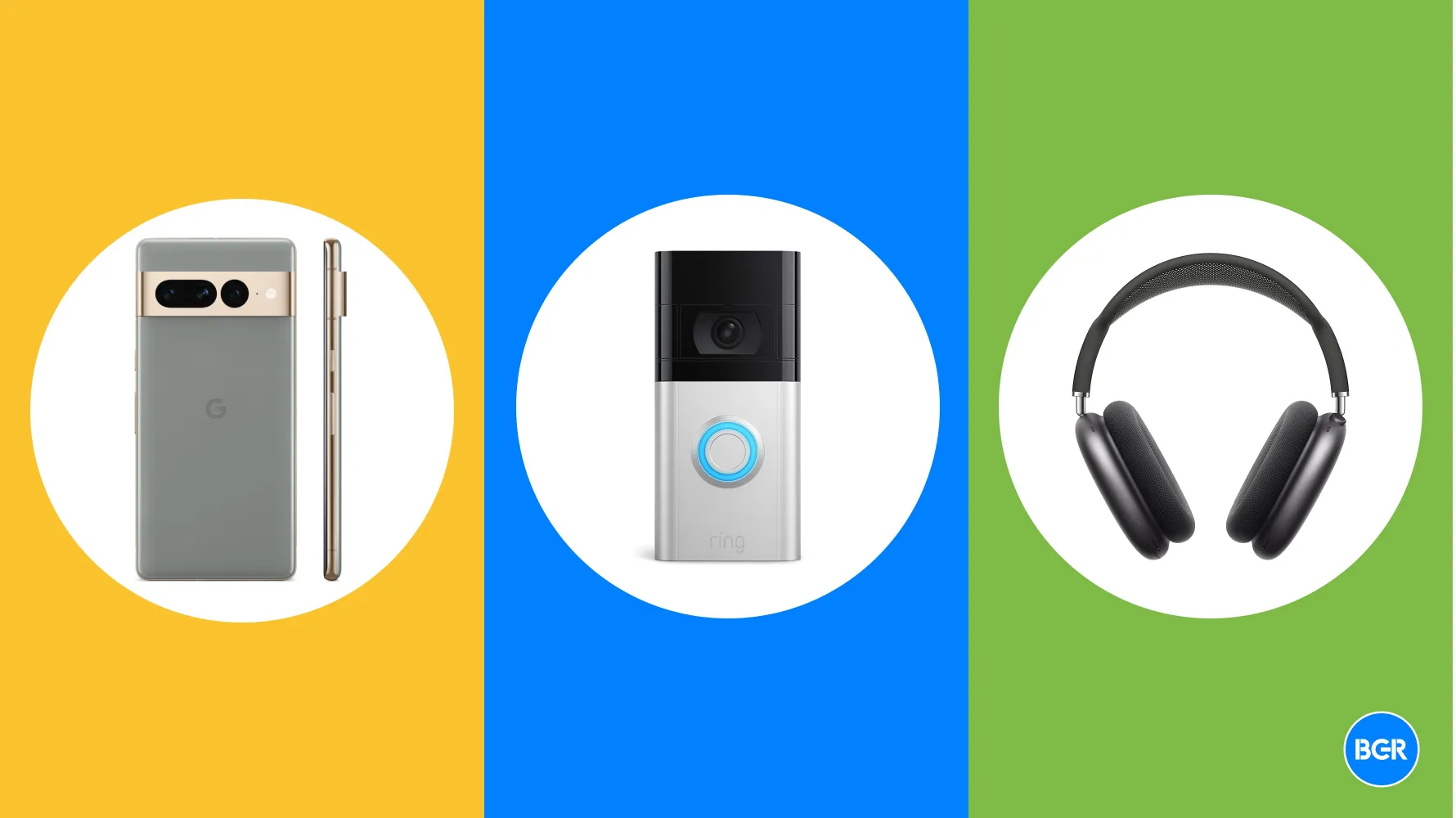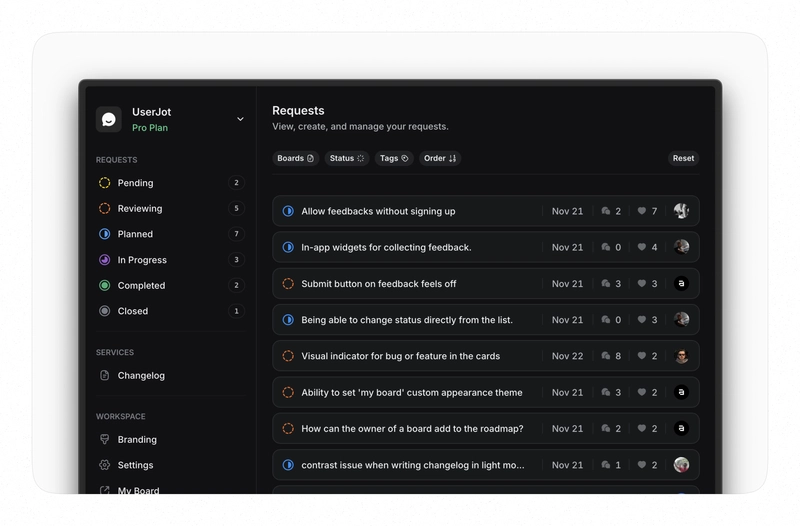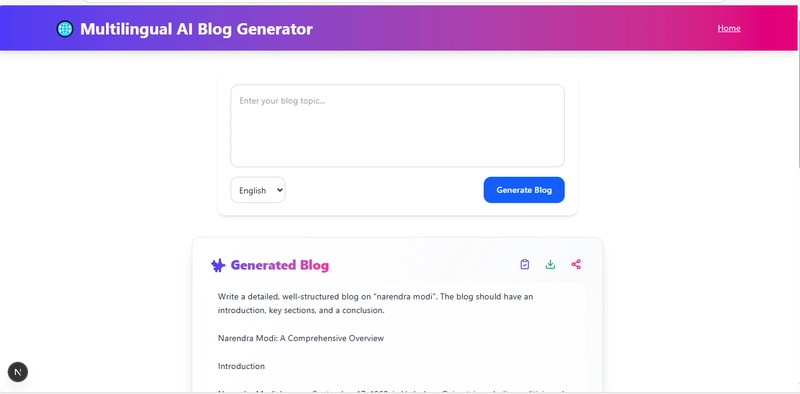Your Feedback Form is Lying to You
You added a feedback form to your app. ✅ You set up a little “Got thoughts?” link in your footer. ✅ A few messages trickle in every now and then. You think: “Cool. We’re listening to our users.” But you’re not. Not really. Most Feedback Forms Are Dead Ends Here’s the thing most product teams (including us) learn too late: Your basic feedback form isn’t telling you what users want. It’s telling you what they hate — right now — badly enough to go hunt down a form and type angrily into it. You don’t get: The quiet but critical requests The feature patterns across users The why behind feedback Any kind of signal on what matters most Worse? You get the same feedback over and over. Or none at all. And it’s not because users don’t care — it’s because you’re making it hard to care. Your feedback form is giving you a false sense of control. It feels like you’re on top of things, but you're just collecting noise. You’re Not Collecting Feedback. You’re Collecting Complaints. Think about it from your user’s point of view: They have an idea. They look around your app. No obvious way to contribute. They give up. Or they send an email that disappears into the void. Or they do use the feedback form — and never hear back. No status update. No response. Just radio silence. So they stop bothering. Your form is lying to you. It’s telling you: “Everything’s fine. Nobody’s saying anything.” But what it should be saying is: “Nobody thinks it’s worth the effort to speak up.” What Real Feedback Looks Like Real feedback isn’t just about collecting ideas — it’s about creating visibility, conversation, and trust. Here’s what actual feedback loops look like: ✅ Public. So others can see what's already been suggested — and vote on it. ✅ Structured. So you don’t get 50 variations of the same request. ✅ Interactive. So users know when something’s "Under Review", "In Progress", or "Shipped". ✅ Actionable. So you can make decisions based on demand, not gut instinct. This kind of setup doesn’t just reduce noise — it builds momentum. It lets your users feel like they’re part of the product. It keeps them engaged. And it makes them more likely to stick around. Why We Built Our Own We ran into this problem over and over again: Support tickets full of half-baked suggestions Internal debates about what to build next Shipping features that landed with a thud So we built UserJot — a simple way to actually listen to users and involve them in product decisions. It includes:

You added a feedback form to your app. ✅
You set up a little “Got thoughts?” link in your footer. ✅
A few messages trickle in every now and then.
You think:
“Cool. We’re listening to our users.”
But you’re not.
Not really.
Most Feedback Forms Are Dead Ends
Here’s the thing most product teams (including us) learn too late:
Your basic feedback form isn’t telling you what users want. It’s telling you what they hate — right now — badly enough to go hunt down a form and type angrily into it.
You don’t get:
- The quiet but critical requests
- The feature patterns across users
- The why behind feedback
- Any kind of signal on what matters most
Worse? You get the same feedback over and over. Or none at all.
And it’s not because users don’t care — it’s because you’re making it hard to care.
Your feedback form is giving you a false sense of control. It feels like you’re on top of things, but you're just collecting noise.
You’re Not Collecting Feedback. You’re Collecting Complaints.
Think about it from your user’s point of view:
They have an idea.
They look around your app.
No obvious way to contribute.
They give up. Or they send an email that disappears into the void.
Or they do use the feedback form — and never hear back.
No status update. No response. Just radio silence.
So they stop bothering.
Your form is lying to you.
It’s telling you:
“Everything’s fine. Nobody’s saying anything.”
But what it should be saying is:
“Nobody thinks it’s worth the effort to speak up.”
What Real Feedback Looks Like
Real feedback isn’t just about collecting ideas — it’s about creating visibility, conversation, and trust.
Here’s what actual feedback loops look like:
✅ Public. So others can see what's already been suggested — and vote on it.
✅ Structured. So you don’t get 50 variations of the same request.
✅ Interactive. So users know when something’s "Under Review", "In Progress", or "Shipped".
✅ Actionable. So you can make decisions based on demand, not gut instinct.
This kind of setup doesn’t just reduce noise — it builds momentum.
It lets your users feel like they’re part of the product.
It keeps them engaged. And it makes them more likely to stick around.
Why We Built Our Own
We ran into this problem over and over again:
- Support tickets full of half-baked suggestions
- Internal debates about what to build next
- Shipping features that landed with a thud
So we built UserJot — a simple way to actually listen to users and involve them in product decisions.
It includes:


































































![Apple Watch Series 10 Back On Sale for $299! [Lowest Price Ever]](https://www.iclarified.com/images/news/96657/96657/96657-640.jpg)
![Apple Slips to Fifth in China's Smartphone Market with 9% Decline [Report]](https://www.iclarified.com/images/news/97065/97065/97065-640.jpg)
![EU Postpones Apple App Store Fines Amid Tariff Negotiations [Report]](https://www.iclarified.com/images/news/97068/97068/97068-640.jpg)










































































































_roibu_Alamy.jpg?width=1280&auto=webp&quality=80&disable=upscale#)





















































































![[The AI Show Episode 144]: ChatGPT’s New Memory, Shopify CEO’s Leaked “AI First” Memo, Google Cloud Next Releases, o3 and o4-mini Coming Soon & Llama 4’s Rocky Launch](https://www.marketingaiinstitute.com/hubfs/ep%20144%20cover.png)









































































































































































































































